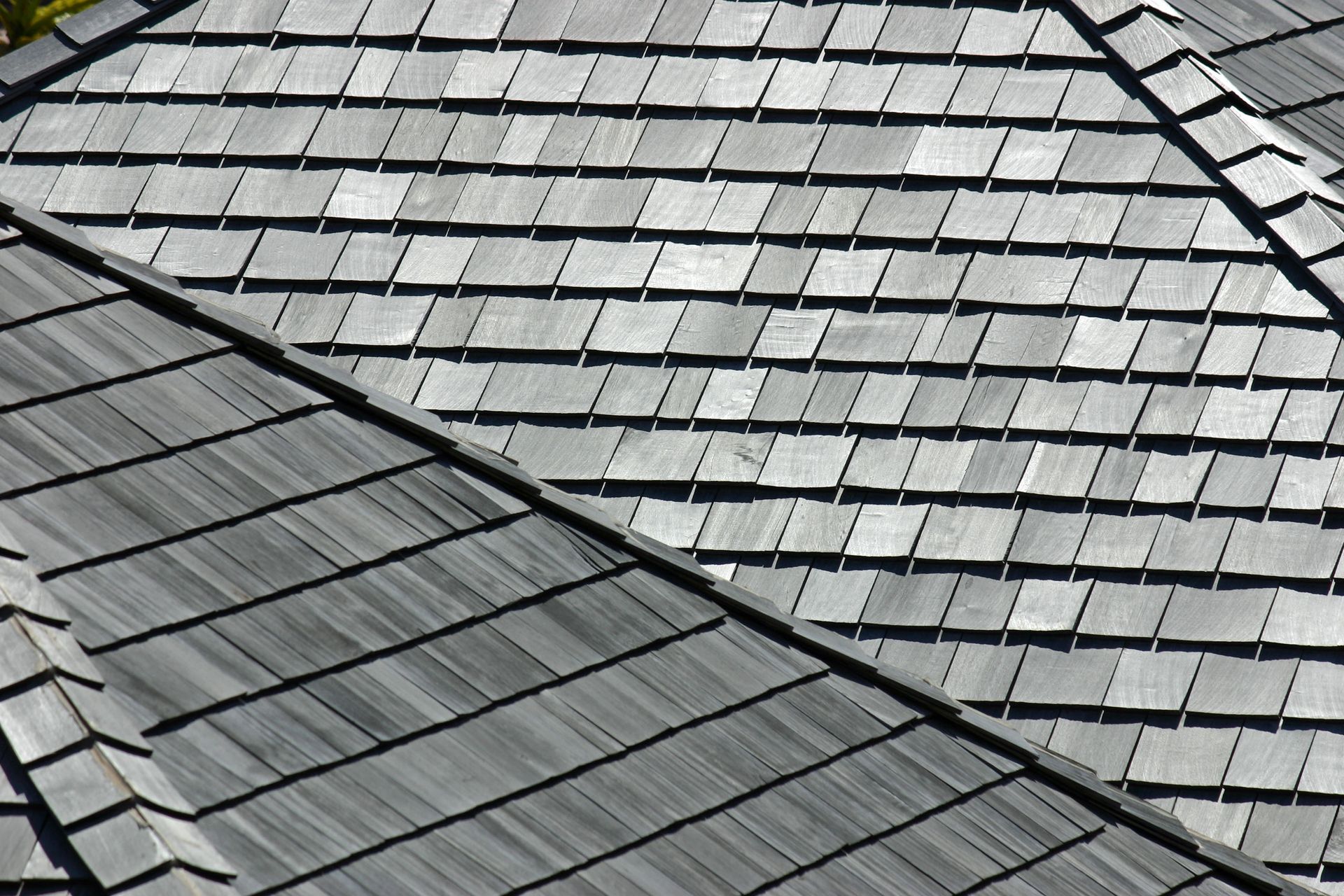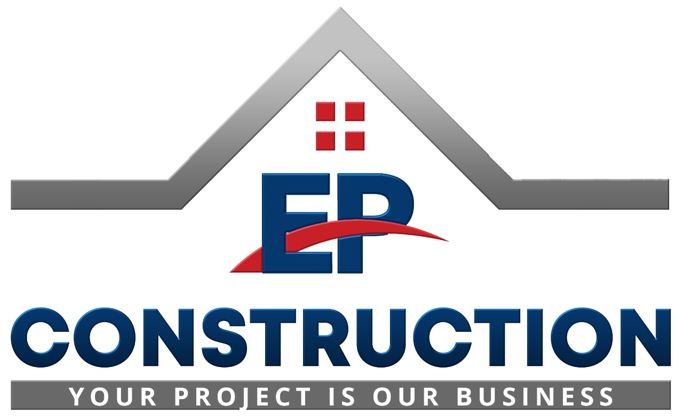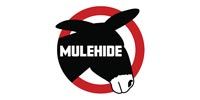How to Keep Your Residential Roofing Materials Durable and Long-Lasting
A strong, weather-resistant roof is essential for any home. Your residential roofing system protects your family, belongings, and structural investment. But even the best materials can deteriorate prematurely if not properly maintained. From choosing the right materials to implementing regular care strategies, homeowners can take several proactive steps to ensure their roofs stand the test of time.
According to This Old House, nearly 31% of homeowners have repaired, renovated, or maintained their roofs within the past three years. This statistic highlights a growing awareness of how vital roofing maintenance is for home protection and long-term savings. Whether you're installing a brand-new system or caring for an aging one, understanding what keeps residential roofing materials durable is key.
What Are the Best Roofing Materials for Longevity?
Not all roofing materials are created equal when it comes to longevity. The type of material you choose plays a major role in how long your roof will last, how frequently it will need maintenance, and how well it will withstand exposure to the elements.
Asphalt shingles are the most widely used option in residential roofing, primarily because they’re cost-effective and relatively simple to install. In our experience, a well-installed asphalt roof typically lasts between 15 and 30 years, though its durability can vary depending on climate and upkeep. Homeowners in areas with harsh winters or frequent storms may notice signs of wear sooner if regular maintenance is neglected.
Metal roofing is a premium solution known for its long-term performance. Based on what we’ve seen in the field, metal roofing—whether aluminum, steel, or copper—can last anywhere from 40 to 70 years. These systems offer outstanding resistance to wind, hail, fire, and even heavy snow loads, making them an excellent investment for homeowners seeking durability and minimal maintenance.
Wood cedar roofing offers a classic, natural aesthetic that many homeowners love. In our experience, cedar shingles and shakes can last between 30 and 40 years when properly installed and regularly maintained. However, this material does require more hands-on care than others, including treatments to resist moisture, rot, and insects. When well cared for, cedar roofing ages beautifully and offers superior insulation properties.
When evaluating the best material for your residential roofing project, it's important to weigh not just upfront cost but also long-term value, regional climate conditions, and the architectural style of your home.
How Often Should You Inspect Your Roof?
Routine inspections are one of the most important ways to extend the life of your residential roofing. Many homeowners wait until a leak appears to take action, but by then, damage is often more widespread and expensive to repair.
Ideally, you should inspect your roof at least twice per year—once in the spring and again in the fall. These seasonal checks allow you to assess damage from winter storms and prepare for the heat and rains of summer. Additionally, it’s wise to inspect your roof after major weather events such as hailstorms, high winds, or heavy snowfall.
During these inspections, look for visible signs of damage such as cracked or missing shingles, deteriorated flashing, sagging areas, and signs of mold or water stains in the attic. While it’s possible to perform a visual check from the ground or a ladder, a professional inspection is more thorough and can catch issues that may otherwise go unnoticed. Relying on a residential roofing expert ensures that minor problems are addressed before they escalate into costly repairs.
What Maintenance Practices Extend the Life of Roofing Materials?
Even the most durable residential roofing materials require maintenance to reach their full lifespan. Homeowners who stay proactive about roof care are more likely to avoid emergency repairs and premature replacements.
Start by keeping your roof clear of debris. Fallen leaves, twigs, and organic buildup can trap moisture against the surface of the roof, accelerating deterioration. This is especially problematic in valleys and flat areas where water naturally collects. You should also make a habit of cleaning your gutters at least twice a year. Blocked gutters can cause water to back up under the roofing system, leading to leaks and mold.
Another essential maintenance task is trimming any tree limbs that hang over your roof. Overhanging branches can scrape roofing materials, dislodge shingles, or fall during storms. For homes in humid or shaded areas, moss and algae removal is also critical. These growths not only make your roof look aged but can also break down certain materials over time.
Finally, always address small issues promptly. A minor leak or a few missing shingles may not seem urgent, but over time, water intrusion can compromise the underlying structure. Regular attention to minor problems can make a significant difference in the longevity of your residential roofing.
How Does Weather Affect Your Roofing’s Durability?
No matter how well a roof is constructed, it remains vulnerable to the elements. Weather is one of the biggest factors affecting the durability of residential roofing materials, and different climates pose different challenges.
In regions with frequent rainfall, constant moisture exposure can weaken shingles, rot underlayment, and cause mold or mildew in the attic. Water intrusion often begins subtly, which is why regular inspections are crucial. In snowy climates, the weight of snow and the formation of ice dams can stress the roof structure and lead to water backup under shingles.
High winds are another major concern. Strong gusts can lift or tear away roofing materials, especially if they are already weakened or improperly installed. In hot, sunny regions, UV exposure can cause certain roofing materials to become brittle, fade, or crack. Thermal expansion and contraction from temperature swings can also strain seams and flashing over time.
Understanding how local weather patterns impact your roof allows you to take appropriate preventive measures. For example, those in hurricane-prone areas may opt for wind-rated shingles or metal panels, while homes in the desert may require materials with high UV resistance. Your choice of residential roofing material should always align with the specific environmental stressors of your region.
Are Professional Roof Repairs Important for Longevity?
While some homeowners prefer the DIY approach, there are clear advantages to hiring professionals when it comes to roof repair. Expertise, proper tools, and access to quality materials are just a few of the reasons why professional repair work contributes directly to the long-term durability of residential roofing.
Small mistakes in a DIY repair—like incorrect shingle placement or failing to properly seal flashing—can result in moisture intrusion and structural damage. Professionals are trained to identify not only visible damage but also underlying problems that may not yet be evident. Their experience allows them to make informed recommendations, whether it’s a targeted repair or a sign that broader replacement is needed.
Professional roofers also offer warranties for their work, which provides an added layer of protection. If a problem arises after repairs are completed, you’re less likely to bear the cost alone. This assurance, combined with the quality of workmanship, helps extend the lifespan of your roof and ensures the materials perform as intended.
In short, the decision to invest in professional roof repair should be viewed as a commitment to the long-term health of your residential roofing system. It's an investment that often pays off by preventing much larger expenses in the future.
Durability doesn’t happen by accident. Residential roofing materials are designed to last, but they need the right conditions, care, and attention to meet their full potential. From selecting high-quality materials suited to your climate to conducting regular inspections and professional repairs, every step you take contributes to long-term performance.
As more homeowners recognize the value of roof maintenance—reflected in the growing number turning to repairs and upkeep each year—the importance of consistent care becomes clear. By taking action today, you can protect your home for decades and ensure that your
residential roofing continues to serve its critical role without fail. If your roof needs work, call the professionals at EP Construction Group today!











Share On: